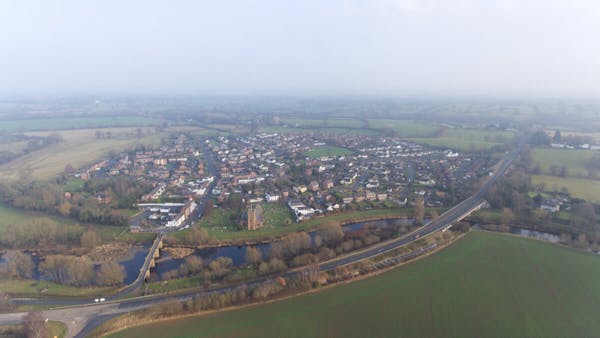WHO WAS COLUMBA?
In her book Education, Ellen White writes “With such an army of workers as our youth, rightly trained, might furnish, how soon the message of a crucified, risen, and soon-coming Saviour might be carried to the whole world!” Her vision was far-reaching in its scope, emphasizing not just the volume of workers that was needed but also their caliber. The work of God needs much more than an army of young workers; it needs an army rightly trained in order to accomplish the task at hand. Columba was a man who had a similar vision, an army of workers, rightly trained, to bring the message of a crucified and risen savior to the British Isles and beyond, spreading as far afield as continental Europe.
It was a big task, especially in the midst of a collective of nations mostly overrun by feuding polytheistic tribes but Columba set his mind to it and accomplished it in the span of his short 75 years on earth. His legacy can be traced in the lives of the thousands of heathen men and women who embraced Jesus as their Savior and King.
Another aspect of Columba’s legacy is found in the interest he took in investing in the lives of countless young men. Not only did he equip them with the necessary life skills to survive and thrive as missionaries in uncharted territories among heathen tribes but he also inspired them with a desire to have a deeper, more authentic relationship with Jesus. Columba also understood the key ingredients of true Christian discipleship; a life of denying self to follow Jesus and a commitment to multiplication.

